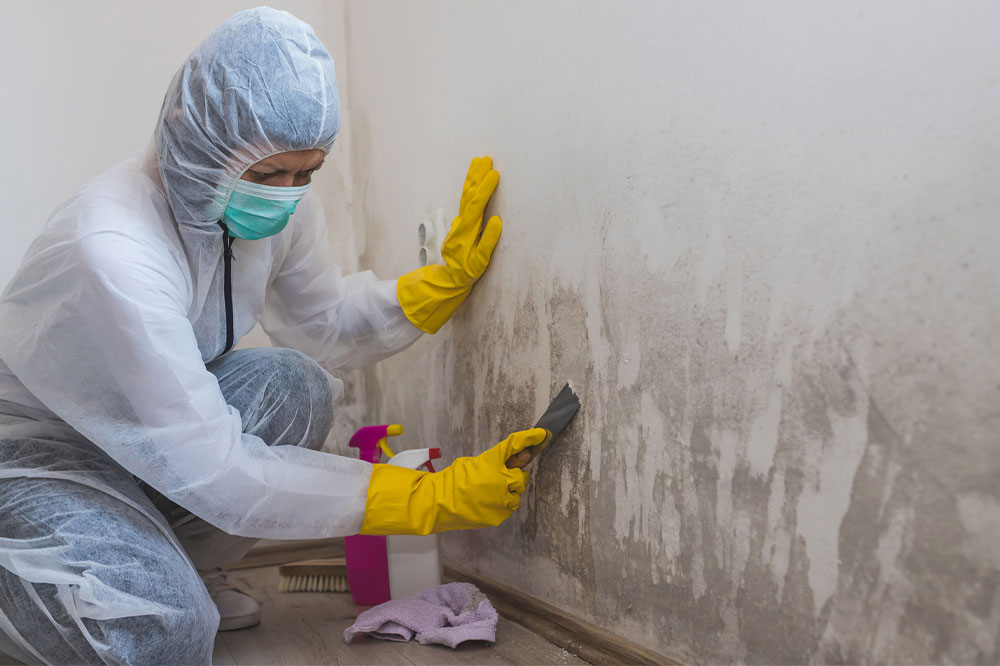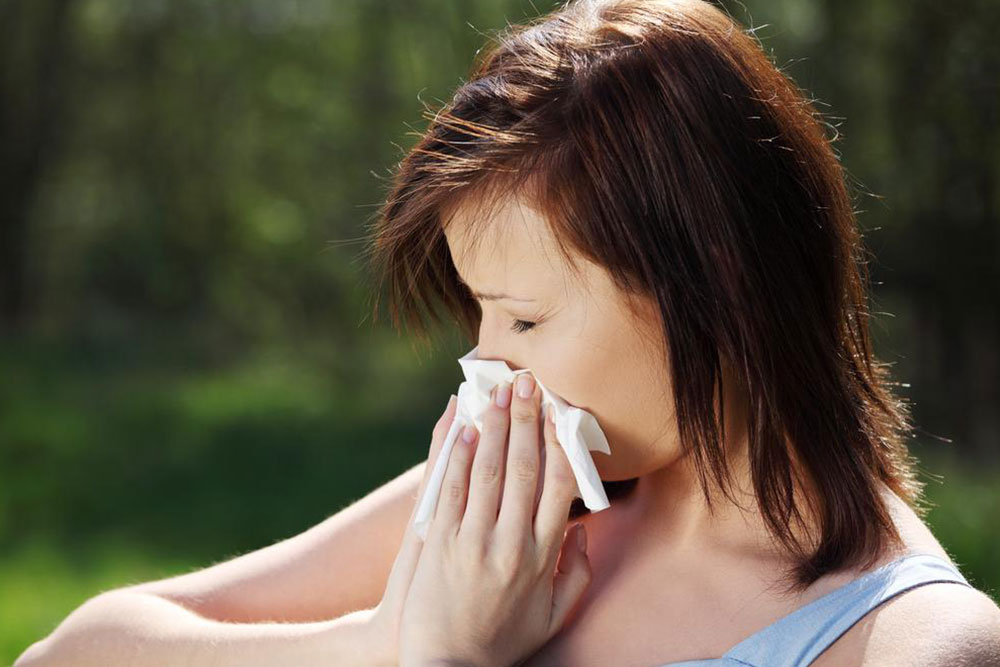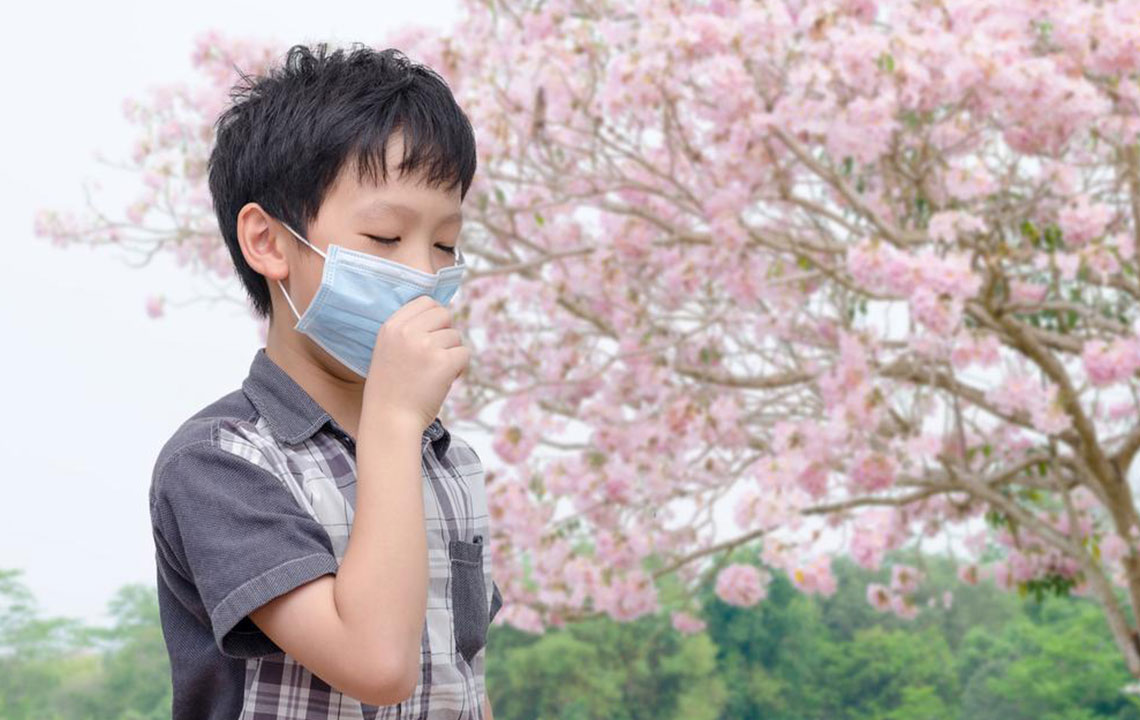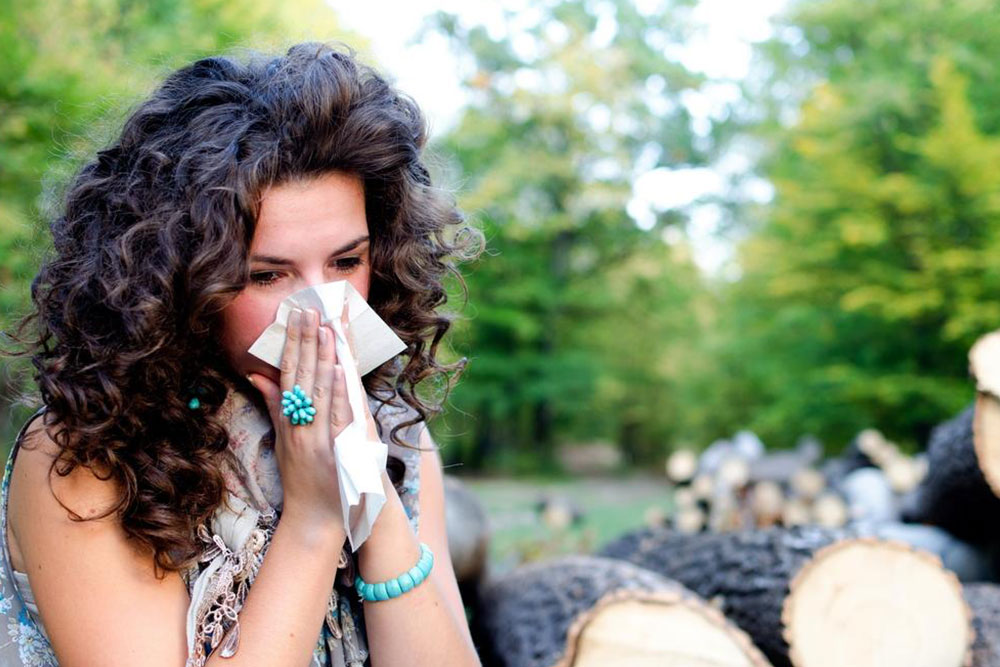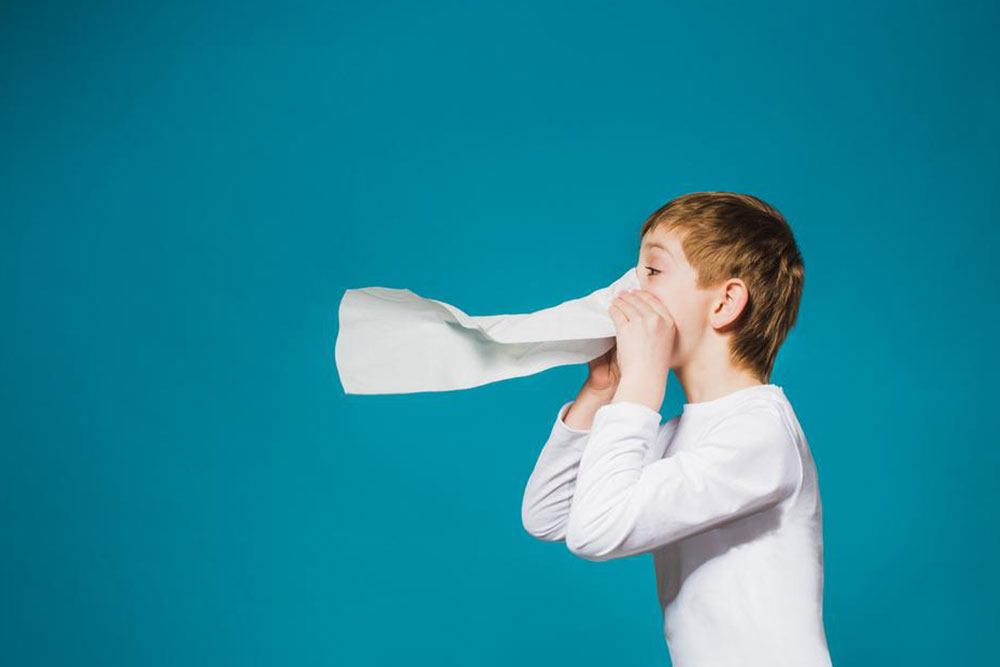Comprehensive Guide to Preventing and Managing Mold-Related Health Problems
This comprehensive guide discusses effective strategies to prevent mold growth and manage health problems caused by mold exposure. It emphasizes identifying mold types, understanding health risks, and implementing preventive measures at home and in workplaces. Proper control of indoor moisture, prompt repairs, and medical treatments are crucial for maintaining a healthy environment. Ideal for homeowners, tenants, and health practitioners, this article aims to reduce mold-related health issues through actionable tips and expert advice.
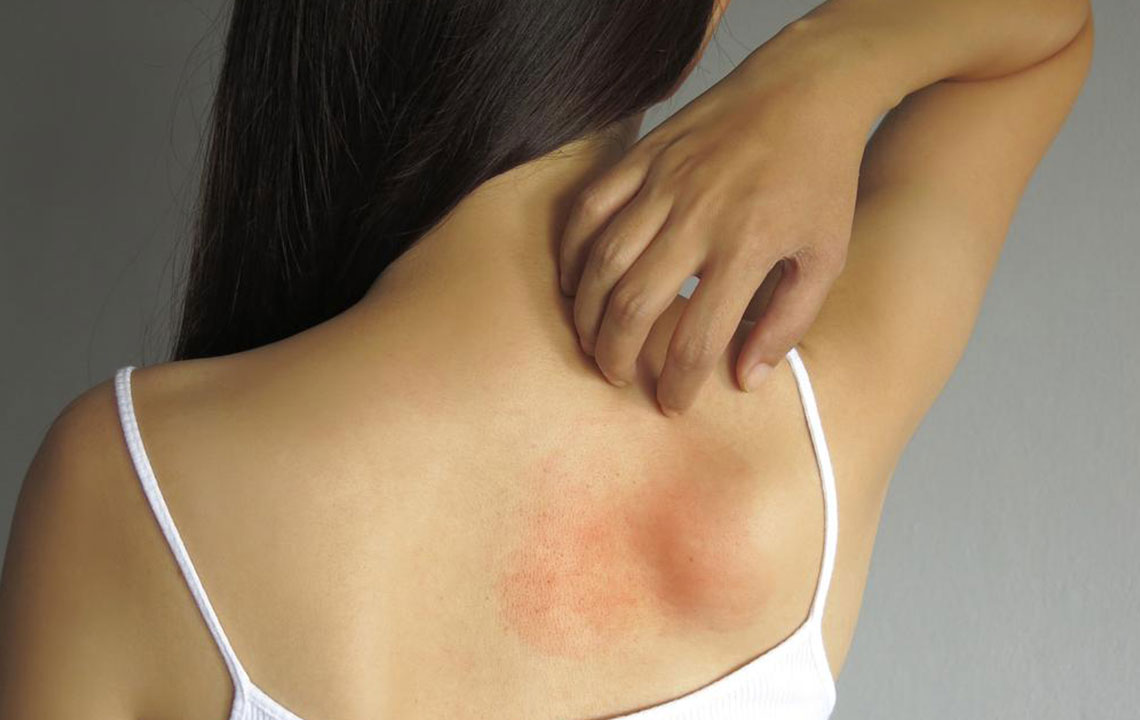
Comprehensive Guide to Preventing and Managing Mold-Related Health Problems
Molds are a diverse group of fungi that can be found almost everywhere, thriving in a variety of environments both outdoors and indoors. While outdoor molds play an essential role in ecosystems by aiding decomposition, indoor molds can pose serious health risks when they grow unchecked in living spaces. Understanding the types of mold, their habitats, how they spread, and effective strategies to prevent and manage mold-related health issues is crucial for maintaining a healthy indoor environment.
Common indoor molds include species such as Cladosporium, Penicillium, Alternaria, Aspergillus, and the notorious Stachybotrys chartarum, often referred to as black mold. Black mold is especially concerning because it tends to grow on cellulose-rich materials like wood, drywall, paper products, and dust. These molds produce spores—microscopic reproductive units—that readily disperse through the air, making exposure nearly unavoidable in contaminated environments. Spores are lightweight and can travel long distances indoors via air currents, attaching themselves to clothing, shoes, pets, or even food contamination.
Indoor mold growth is primarily fueled by moisture. Areas that are damp, humid, or poorly ventilated are prime breeding grounds for mold colonies. Typical locations vulnerable to mold infestation include bathrooms, basements, attics, behind wallpaper, within drywall, under carpets, on furniture, inside ductwork, or on ceiling tiles. Recognizing the pathways through which mold spores enter homes can help in designing better preventive measures. Spores often gain entry through open doors and windows, ventilation systems, or by hitchhiking on everyday items like shoes and pet fur.
Although many molds contribute positively outdoors—such as those involved in cheese production (e.g., Brie, Gorgonzola, Stilton)—indoor molds are generally undesirable due to their health implications. Not all molds produce toxins; however, many are allergenic or produce mycotoxins that can be harmful to human health. Allergic reactions are particularly common, making it important to identify and control mold growth indoors.
Health Risks Associated with Mold Exposure
Allergic reactions, such as sneezing, runny nose, nasal congestion, watery or itchy eyes, skin rashes, and sinus irritation
Mycotoxin exposure, which can lead to more severe health issues depending on the toxicity level and duration of exposure
People exposed to mold spores may experience immediate allergic responses or develop symptoms over time. Mold sensitivity can exacerbate respiratory conditions, especially asthma, causing attacks or worsening existing symptoms. Even individuals without allergies can experience respiratory discomfort, coughing, or wheezing. Those with pre-existing respiratory conditions or compromised immune systems are at higher risk for more serious health problems, including infections and systemic illnesses caused by mold exposure.
Additional Mold-Related Health Conditions
Hypersensitivity pneumonitis: an inflammatory lung condition triggered by prolonged inhalation of mold spores, often seen in occupational settings like farms, compost facilities, or greenhouses
Allergic bronchopulmonary aspergillosis: a hypersensitive reaction in individuals with asthma or cystic fibrosis involving Aspergillus mold
Allergic fungal sinusitis: chronic sinus infections caused by allergic reactions to mold spores
Effective Ways to Manage and Alleviate Mold-Induced Health Problems
Medical treatment for mold-related health issues may include antifungal medications, corticosteroids, or therapies designed to improve breathing and reduce inflammation. For allergy sufferers, antihistamines and nasal sprays can alleviate symptoms. It is crucial to diagnose the source of mold exposure and eliminate or lessen contact to prevent ongoing health concerns. Individuals experiencing persistent symptoms should seek medical advice for accurate diagnosis and tailored treatment plans, especially those with asthma or immunodeficiencies.
When dealing with mold-related health problems, early intervention is key. Managing symptoms often involves a combination of medication and environmental controls to reduce mold exposure. In severe cases, hospitalization or specialized respiratory therapies might be necessary. Proactive prevention is always preferable, emphasizing the importance of mold control in homes and workplaces.
Factors that Increase the Risk of Mold Allergies and Health Risks
Genetic predisposition: family history of allergies or asthma increases susceptibility
Occupational exposure: jobs in farming, dairy farming, greenhouses, lumber yards, and construction increase risk
High humidity environments: areas with relative humidity above 50% foster mold growth
Poor building maintenance: leaks, water damage, inadequate ventilation, and dampness in basements, bathrooms, or attics heighten mold risk
Recognizing these risk factors allows homeowners and employers to implement targeted preventive strategies. Reducing humidity levels, fixing leaks promptly, and ensuring proper ventilation are critical steps in lowering mold proliferation.
Home Prevention and Maintenance Tips
Regularly inspect for leaks in plumbing, roofs, or windows and repair promptly
Use dehumidifiers and air conditioners to keep indoor humidity below 50%
Ensure adequate ventilation in bathrooms, kitchens, and laundry areas
Clean and dry any water-damaged items within 24-48 hours to prevent mold growth
Avoid installing carpets in damp spaces like basements or bathrooms
Apply mold-resistant paints and sealants to susceptible surfaces
Maintain good overall cleanliness and reduce clutter that can harbor mold spores
Implementing these preventive measures significantly reduces the likelihood of mold colonization and associated health issues. Regular maintenance, awareness, and proper environmental controls create a healthier indoor space for you and your family.
